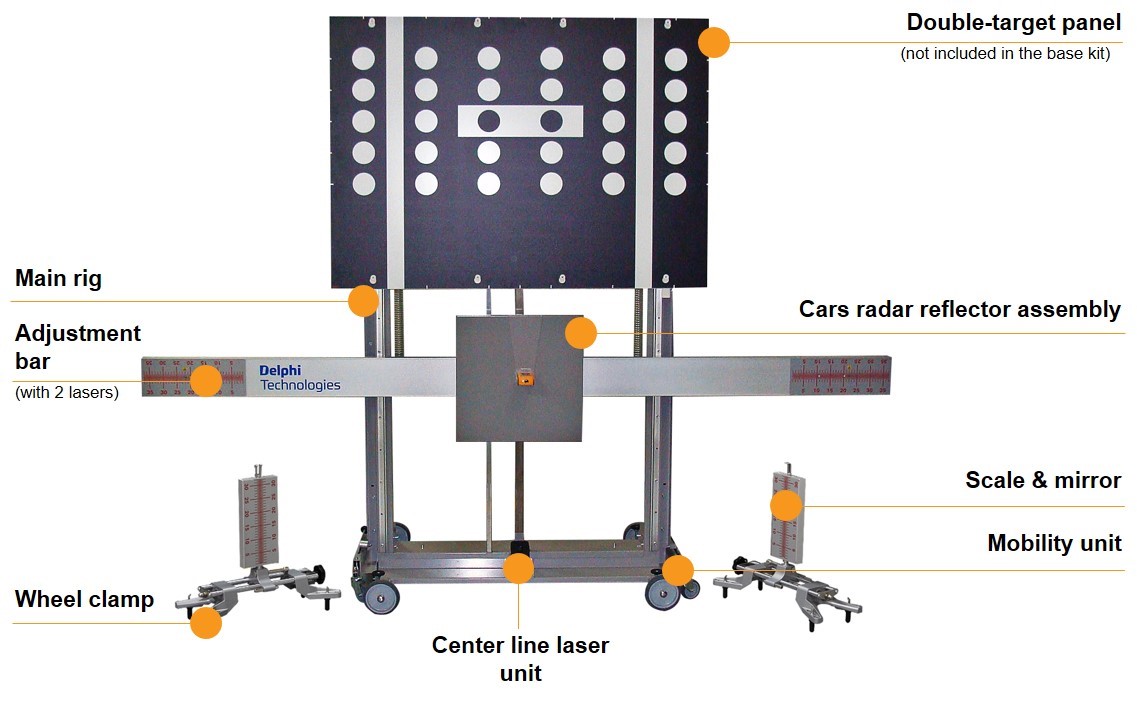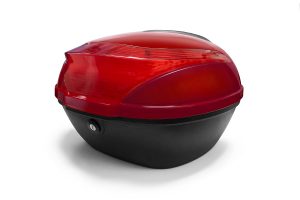
Your Car’s New Superpowers Need a Tune-Up: The Unseen World of ADAS Calibration
That new car of yours? It’s practically a superhero. It can see around corners, slam on the brakes before you even know there’s danger, and keep you perfectly centered in your lane on a long, monotonous drive. These aren’t just fancy features; they’re part of an intricate network of sensors and cameras called Advanced Driver-Assistance Systems, or ADAS.
But here’s the thing even many car owners don’t realize: these super-senses are delicate. A minor fender bender, a replaced windshield, or even just getting new tires can throw the entire system out of whack. It’s like a superhero whose glasses are smudged—their judgment is off, and that’s a problem for everyone. Let’s dive into the critical, yet often overlooked, world of ADAS calibration and maintenance.
What Exactly Is ADAS Calibration, Anyway?
Think of your car’s ADAS as its eyes and brain. The cameras, radars, and lidar sensors are the eyes, constantly scanning the road. The onboard computer is the brain, making split-second decisions based on what the eyes see.
Calibration is the process of aligning those eyes perfectly. It’s like a optometrist giving your car a precise prescription. If a camera is pointing just a fraction of a degree too high or too low, its perception of the world is skewed. A system designed to brake for a pedestrian might not recognize them. Lane-keeping might gently (or not so gently) steer you towards the shoulder. Calibration ensures the data the brain receives is accurate, so it can make the right call every single time.
The Two Main Paths to a Clear View
Not all calibrations are created equal. There are two primary methods, and the one your car needs depends entirely on the manufacturer’s specifications and the system being reset.
Static Calibration
This is the high-precision, indoor operation. The vehicle is parked in a specific, controlled environment. Technicians use sophisticated calibration targets—think specialized grids or patterns—that are positioned at an exact distance and height from the car’s sensors. The system is then activated and “looks” at these targets, allowing the computer to recalibrate its angles and alignment. It’s a meticulous, almost surgical process.
Dynamic Calibration
Sometimes, the car needs to relearn by doing. Dynamic calibration involves taking the vehicle out on a specific, pre-defined road test. The technician drives the car under certain conditions—clear lane markings, a certain speed, minimal traffic—so the system can self-calibrate by observing the real world. It’s less about a sterile lab and more about a guided practice run.
Many modern vehicles, honestly, require a combination of both. A static calibration for the front radar, for instance, followed by a dynamic drive to fine-tune the camera systems. It’s not a one-size-fits-all situation.
When Your Car’s “Eyes” Need a Check-Up: Key Maintenance Triggers
You don’t wait for your vision to go completely blurry before getting new glasses. Similarly, you shouldn’t wait for your safety systems to fail before considering ADAS calibration. Here are the most common scenarios that demand it.
- Windshield Replacement: This is a huge one. The camera behind your rearview mirror isn’t just stuck to the glass; it’s precisely aligned to look through it. A new windshield, even if it’s an OEM part, is never in the exact same position. A recalibration is absolutely non-negotiable. It’s arguably the number one reason people need this service today.
- Collision Repair: After any accident, even a minor one, the entire frame and body of your car can shift microscopically. A bumper that’s been repaired might be housing a radar sensor that’s now pointing at the ground instead of the road. Proper collision repair shops always include a full ADAS diagnostic and calibration in their post-repair checklist.
- Suspension and Alignment Work: Getting new struts, springs, or even just a wheel alignment changes your car’s ride height and its angle to the road. This directly affects the perspective of the front-facing camera. It’s a subtle change, but for a system measuring angles in fractions of a degree, it’s significant.
- New Tires or Tire Rotation: In some vehicles, especially those with more advanced systems, a change in tire size or even just a rotation can trigger a fault code because the system detects a change in rolling circumference. It might not always require a full calibration, but it does warrant a check.
The Real-World Cost of Ignoring ADAS Maintenance
Sure, ADAS calibration adds a bit of time and cost to a repair bill. But skipping it? That’s a gamble with astronomically higher stakes.
First and most importantly, a misaligned system is an unreliable system. You might get false alarms—the car slamming on the brakes for a shadow. Or, far worse, it might fail to react to a real threat. You’re essentially driving with a safety net that has holes in it.
Secondly, there’s a financial pitfall. If you’re in an accident and your insurance company discovers your safety systems were not properly recalibrated after a previous repair, it could potentially impact your claim. They might argue contributory negligence. And let’s not forget resale value—a savvy future buyer or a dealership’s pre-purchase inspection will likely check for fault codes related to these critical systems.
Finding the Right Expert for the Job
You wouldn’t go to a general practitioner for brain surgery. Don’t trust your car’s sophisticated ADAS to just any shop. The equipment required is expensive and highly specialized. The technicians need specific, often brand-specific, training.
When you need this work done, look for a shop that openly advertises ADAS calibration services. Ask them pointed questions:
- Do you have the OEM-approved calibration tools for my vehicle’s make and model?
- Are your technicians certified to perform this procedure?
- Can you perform both static and dynamic calibrations here?
Dealerships are a safe bet, but many high-quality independent auto glass and collision repair centers have made the significant investment in this technology. The key is their willingness to talk about it and prove their expertise.
A Partner, Not a Replacement
These systems are incredible. They’ve saved countless lives. But they’re not infallible robots. They are sophisticated tools that require care and precision to function as intended. They are a co-pilot, a partner in the driver’s seat.
Maintaining them isn’t just another line item on a repair invoice. It’s an active commitment to the safety they were designed to provide. It’s acknowledging that this amazing technology isn’t magic—it’s a delicate, precise instrument that needs to be kept in tune. Because at the end of the day, the goal isn’t just to have a car that can see the road. It’s to have one that sees it perfectly clearly.



Average Rating